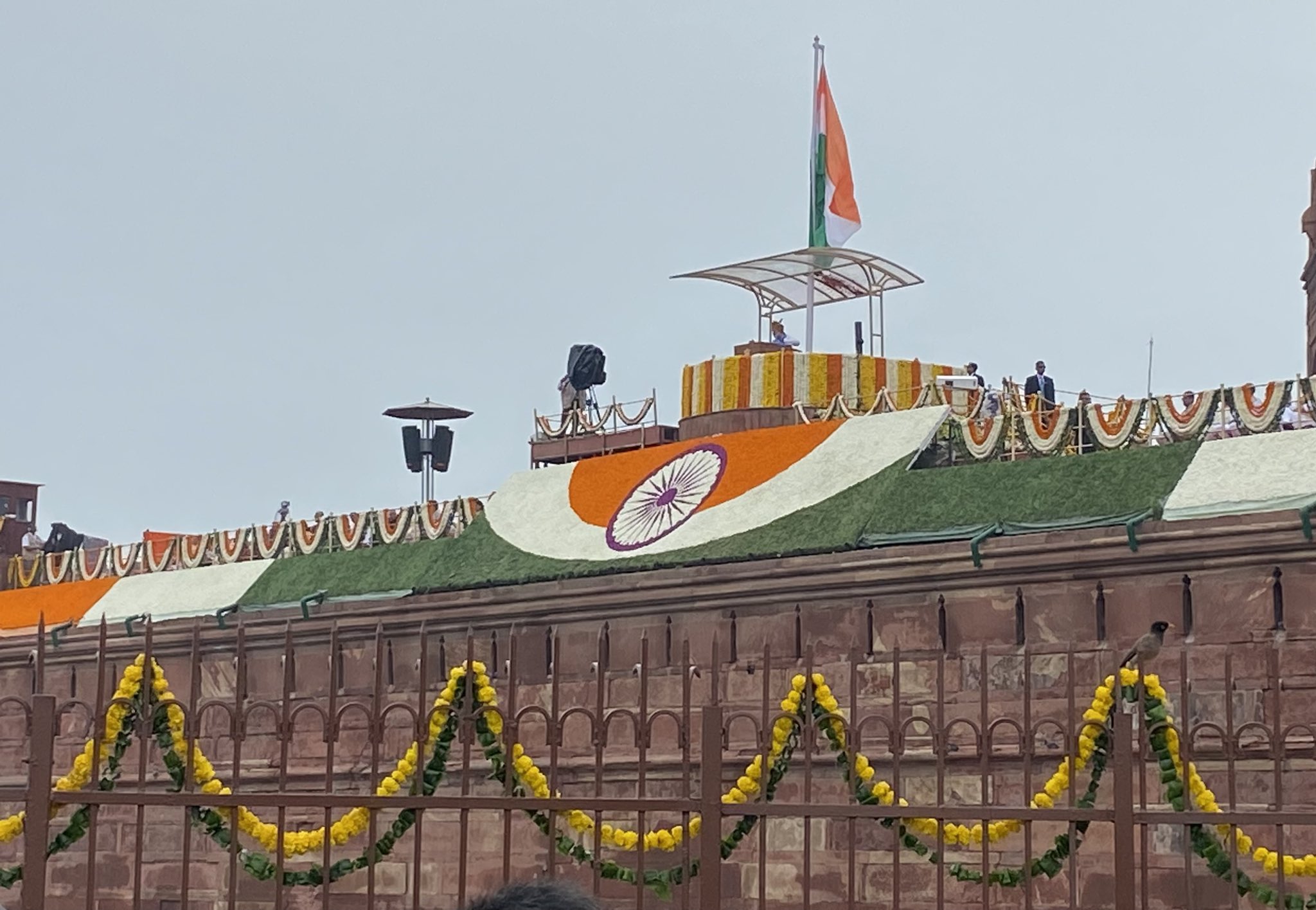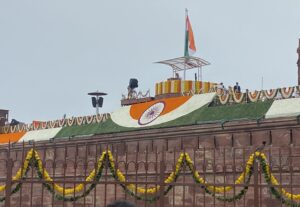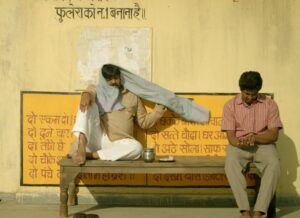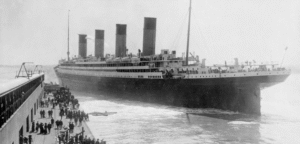The independence of India is a remarkable tale of resilience, unity, and relentless efforts to overthrow colonial rule. Achieved on August 15, 1947, after nearly two centuries of British domination, India’s independence was the culmination of countless sacrifices, strategic movements, and contributions from individuals and groups across the nation. This article delves into the historical context, key efforts, prominent leaders, and the collective contributions that paved the way for India’s freedom.
Historical Context: The Roots of Colonial Rule
The British East India Company established its foothold in India in the early 17th century, initially as a trading entity. By the mid-19th century, following the Battle of Plassey (1757) and the Battle of Buxar (1764), the Company consolidated its control over large parts of India. The Revolt of 1857, often called the First War of Independence, marked a significant uprising against British rule. Though it was suppressed, it ignited a spark of nationalism and exposed the exploitative nature of colonial governance. The subsequent transfer of power from the East India Company to the British Crown in 1858 formalized direct colonial rule, setting the stage for a prolonged struggle for freedom.
- Postal Index Number (PIN): A Cornerstone of India’s Postal System
- Raksha Bandhan: Celebrating the Bond of Love and Protection
- The Independence of India: Struggle, Sacrifice, and Triumph
- Earthquakes: Causes, Effects, and Preparedness
- OnePlus: Revolutionizing the Smartphone Industry with Innovation and Value
Early Efforts: Laying the Foundation
The late 19th century saw the emergence of organized resistance against British rule. The formation of the Indian National Congress (INC) in 1885 by Allan Octavian Hume, with leaders like Dadabhai Naoroji and Gopal Krishna Gokhale, provided a platform for Indians to voice their grievances. Early demands focused on greater representation and economic reforms, as seen in Naoroji’s “Drain Theory,” which highlighted the economic exploitation of India by the British.
Revolutionary movements also gained momentum during this period. Figures like Bal Gangadhar Tilak, with his rallying cry of “Swaraj is my birthright,” inspired mass participation. The partition of Bengal in 1905, intended to weaken Indian unity, backfired, sparking the Swadeshi Movement. Indians boycotted British goods, promoted indigenous products, and laid the groundwork for economic self-reliance.
The Gandhian Era: Nonviolent Resistance
The arrival of Mahatma Gandhi on the national stage in 1915 transformed the freedom struggle. Having honed his philosophy of nonviolent resistance (Satyagraha) in South Africa, Gandhi galvanized millions with his emphasis on truth, nonviolence, and mass participation. His leadership brought diverse groups—peasants, workers, women, and students—into the fold, making the movement inclusive.
- Champaran Satyagraha (1917): Gandhi’s first major campaign in India addressed the plight of indigo farmers in Bihar, forced to grow indigo under oppressive conditions. His success in securing concessions from planters demonstrated the power of nonviolent protest.
- Non-Cooperation Movement (1920–22): In response to the Jallianwala Bagh massacre (1919), where British troops killed hundreds of unarmed Indians, Gandhi launched the Non-Cooperation Movement. Indians boycotted British institutions, schools, and goods, emphasizing self-reliance and Swaraj (self-rule). The movement was halted after the Chauri Chaura incident, where violence broke out, but it marked a turning point in mass mobilization.
- Dandi Salt March (1930): Gandhi’s 240-mile march to produce salt in defiance of British taxes symbolized resistance to unjust laws. The Civil Disobedience Movement that followed saw millions breaking salt laws, leading to widespread arrests but also global attention to India’s cause.
- Quit India Movement (1942): Launched with the slogan “Do or Die,” this movement demanded immediate independence. Despite brutal repression and the arrest of leaders, it showcased India’s unyielding resolve. Underground resistance and parallel governments in some regions kept the momentum alive.
Contributions of Other Leaders
While Gandhi’s nonviolent approach was central, the freedom struggle was enriched by diverse contributions:
- Jawaharlal Nehru: A key INC leader, Nehru bridged moderate and radical factions, advocating for complete independence by 1929. His vision of a modern, secular India shaped the movement’s ideological framework.
- Subhas Chandra Bose: Disagreeing with Gandhi’s nonviolence, Bose pursued a militant path. He formed the Indian National Army (INA) with Japanese support during World War II, rallying Indian soldiers to fight for freedom. The INA’s slogan, “Jai Hind,” and its campaigns, though militarily limited, inspired national pride.
- Bhagat Singh, Chandrashekhar Azad, and Revolutionaries: Young revolutionaries like Bhagat Singh, who bombed the Central Legislative Assembly and faced execution, ignited fervor among the youth. Their sacrifices highlighted the urgency of freedom.
- Women Leaders: Women like Sarojini Naidu, Annie Besant, and Aruna Asaf Ali played pivotal roles. Naidu’s oratory, Besant’s Home Rule League, and Ali’s underground leadership during the Quit India Movement amplified women’s contributions.
- Regional and Tribal Leaders: Figures like Birsa Munda, who led tribal revolts against British land policies, and regional movements in Bengal, Punjab, and South India broadened the struggle’s scope.
Collective Contributions: The Power of Unity
India’s independence was not the work of leaders alone but a collective effort. Farmers, workers, students, and ordinary citizens participated in protests, boycotts, and strikes. The Indian diaspora, especially in South Africa and the UK, raised awareness and funds. Intellectuals and writers like Rabindranath Tagore and Bankim Chandra Chattopadhyay inspired nationalism through literature and songs like “Vande Mataram.”
The role of communal harmony was critical. Despite British attempts to sow division through policies like the partition of Bengal or separate electorates, leaders emphasized unity across religious and caste lines. Movements like the Khilafat Movement (1919–24), supported by Gandhi, united Hindus and Muslims in a common cause.
The Final Push: Negotiations and Partition
World War II weakened Britain economically and politically, making it difficult to sustain colonial rule. The INA trials of 1945–46, where captured INA soldiers were tried for treason, sparked widespread protests and mutinies, notably the Royal Indian Navy Mutiny of 1946. These events signaled that British control was untenable.
Negotiations intensified, with the Cabinet Mission (1946) proposing a federal structure. However, disagreements between the INC and the Muslim League, led by Muhammad Ali Jinnah, over power-sharing led to the tragic partition of India. On August 15, 1947, India gained independence, but the creation of Pakistan resulted in mass displacement and communal violence, leaving a bittersweet legacy.
Legacy and Impact
India’s independence was a triumph of collective will, blending nonviolent resistance, revolutionary zeal, and diplomatic pressure. The efforts of millions—through protests, sacrifices, and resilience—dismantled one of history’s most powerful empires. The struggle inspired anti-colonial movements worldwide, from Africa to Southeast Asia.
However, the partition’s scars and the challenges of nation-building—poverty, illiteracy, and communal tensions—remained. Leaders like Nehru, as India’s first Prime Minister, focused on unity and development, drawing from the struggle’s ideals.
Conclusion
The independence of India stands as a testament to the power of unity, sacrifice, and diverse strategies in the face of oppression. From Gandhi’s nonviolence to Bose’s militancy, from the contributions of women and tribals to the resilience of ordinary citizens, every effort counted. As India celebrates its freedom, the legacy of this struggle continues to inspire the pursuit of justice, equality, and progress.















Leave a Reply